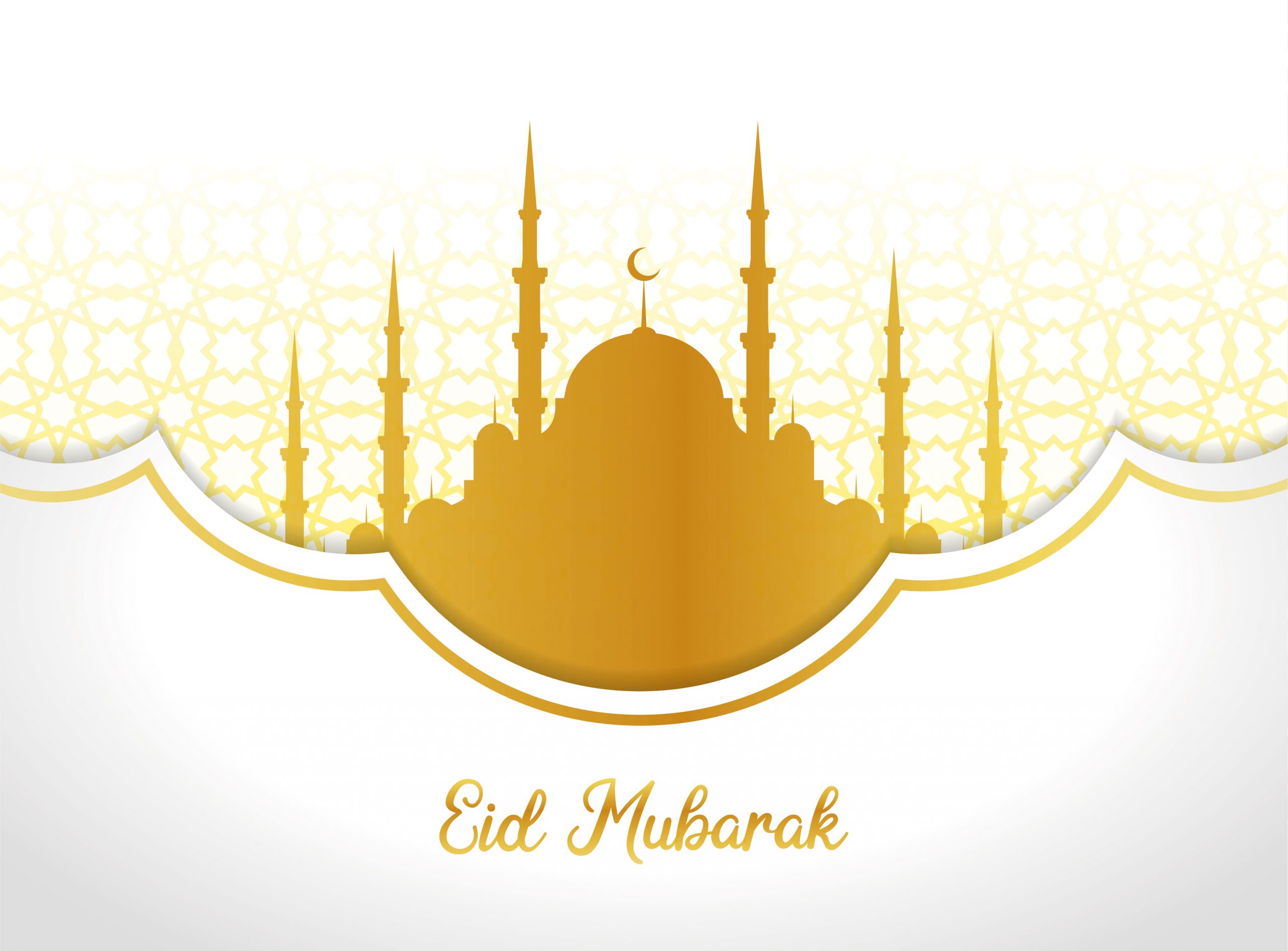
Written by Rania, staff member, Keshen Goodman Public Library (2021)
Eid al-Fitr is the three-day festival that marks the end of the holy month of Ramadan.
It is an occasion of peace and joy. People gather at mosques for Eid prayers, visit relatives, indulge in delicious festive meals, and contribute to charity.
For a better understanding of what Eid al-Fitr celebration means for Muslims, it is important to know more about the month-long dawn-to-sunset fasting of Ramadan.
Ramadan

Ramadan is the ninth month of the Islamic lunar calendar, and it’s the most religiously significant time of year for Muslims throughout the world. It marks the month in which the Quran—the holy text of Islam—was revealed to the Prophet Muhammad.
The naming of Ramadan originated from the Arabic word “ar-ramad,” which means scorching heat.
Each day during Ramadan, Muslims do not eat or drink from sunrise to sunset. They are also supposed to avoid impure thoughts and bad behaviour. Muslims break their daily fasts by sharing meals with family and friends.
The first pre-dawn meal of the day during Ramadan is called “suhoor.” Each day’s fast is broken with a meal known as “iftar.” Traditionally, a date is eaten to break the fast. The types of foods served vary according to culture.
More information about Ramadan can be found in the video here., opens a new window
Eidiyah
A popular social tradition for Muslims is Eidiyah, gifts of cash, given to children by their parents and older relatives within a family. It is considered a reward for successfully completing a month of fasting in Ramadan.
Eid food around the world
(Source: thetempest.co)
1. Maamoul

This shortbread cookie is primarily eaten in Levantine countries like Syria and Lebanon. There are different variations of stuffing, usually dates, pistachios, or walnuts, and they are often covered in powdered sugar. Kleicha is a very similar cookie enjoyed in Iraq as well as kahk in Egypt and Sudan.
2. Cambaabur
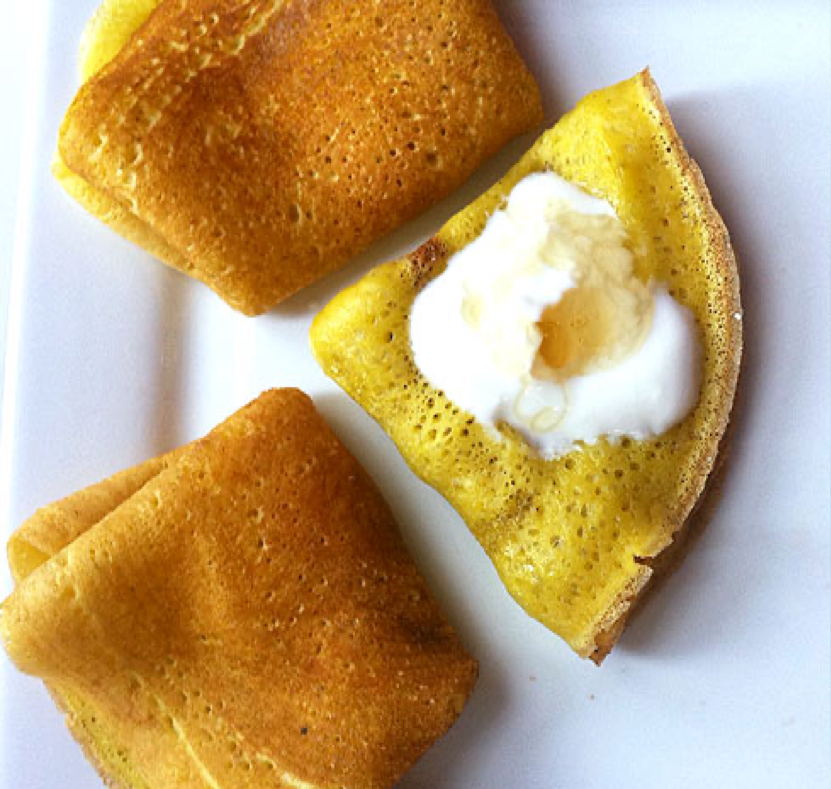
This is a Somali Eid bread similar to Injera (a white leavened Ethiopian bread made from teff flour, similar to a crêpe) in texture but has different spices added to it. On Eid, it’s typically served sweet with sprinkled sugar and topped with yogurt for a tangy contrast. This recipe is also very popular in Djibouti and may have originated there.
3. Sheer khurma
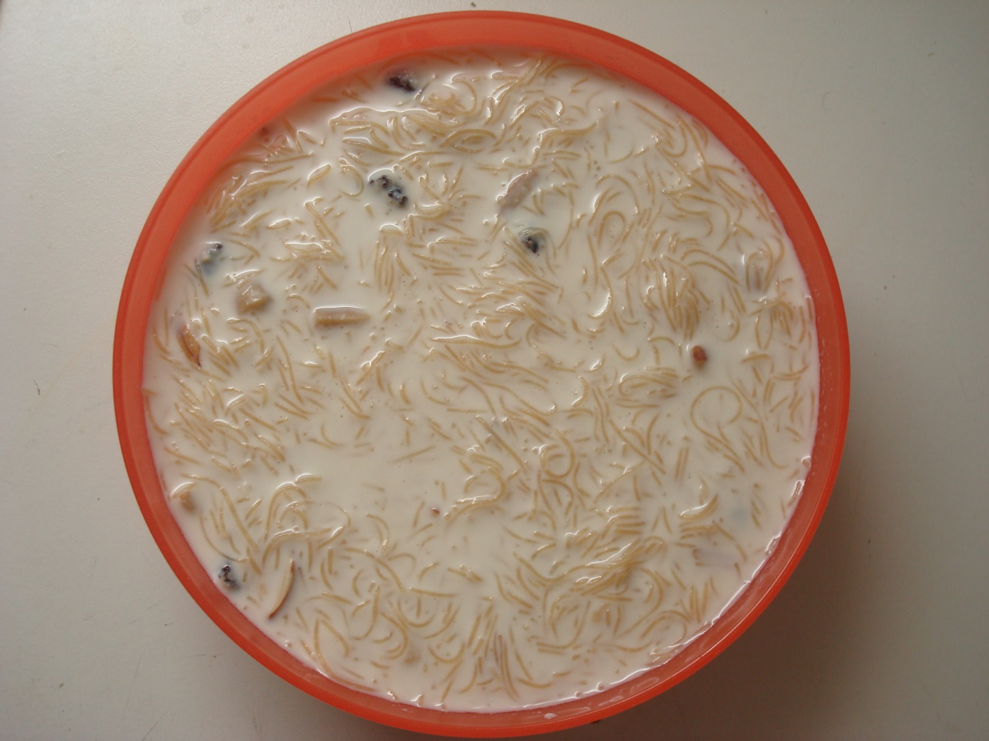
Literally translated as “milk with dates,” sheer khurma is also known as semai in Bangladesh. This sweet vermicelli dessert is an Eid favourite in Pakistan, India, Bangladesh, and Afghanistan. It’s prepared with vermicelli, milk, sugar, dates and, depending on the country, pistachios, almonds, and/or raisins.
4. Tajine
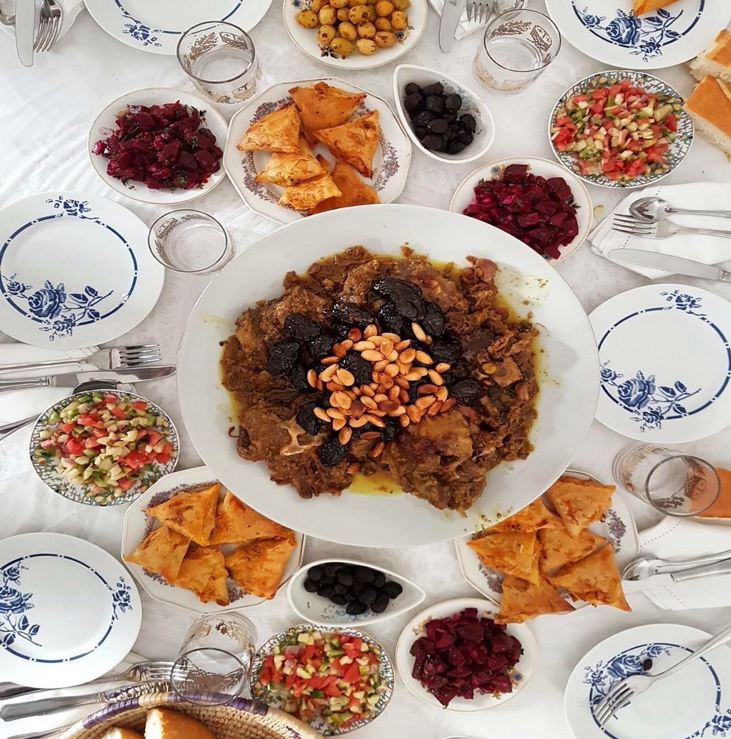
Tajine is often served in North African countries like Morocco and Algeria. It is a slow-cooked stew prepared with some sort of meat (often lamb or beef), with vegetables and/or fruits like plums and apricots.
5. Doro wat
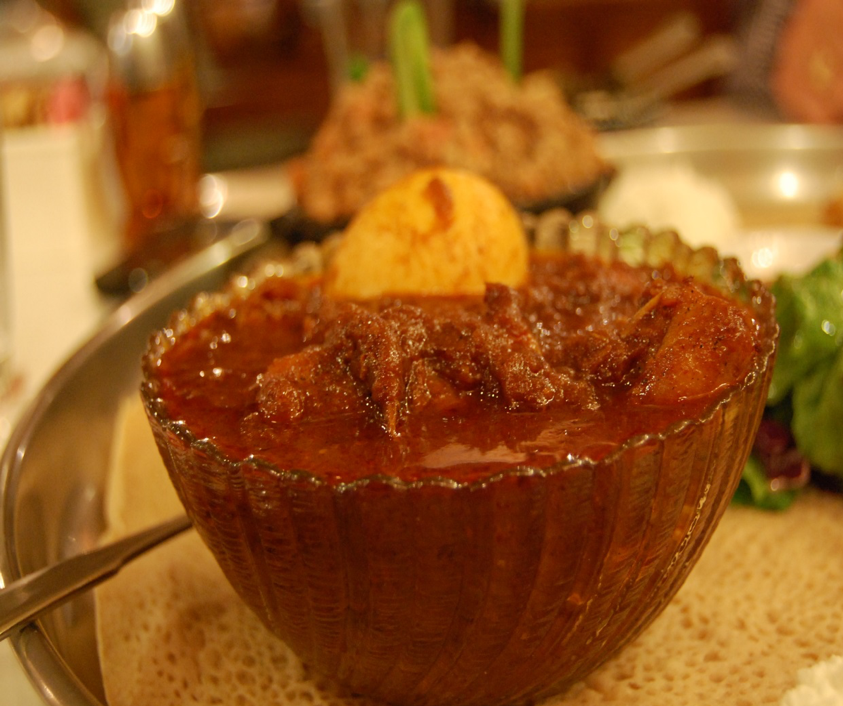
This is a hearty Ethiopian stew or curry prepared with chicken and is typically eaten with the classic sourdough-tasting bread, injera. It is typically served on a communal dish allowing everyone to dig in and enjoy both the food and the company.
6. Lokum
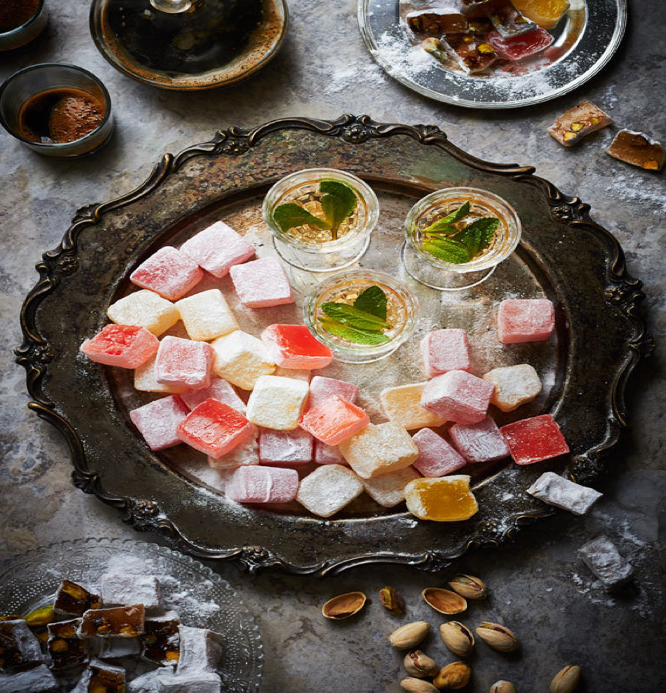
What we know in English as “Turkish delight,” lokum is a favourite for holidays like Eid in Turkey. This gel-like dessert is a combination of starch, sugar, and other fillings like dates, pistachios, and walnuts. It tastes good and is also one of the most beautiful Eid desserts as it can come in many different colours.
7. Tufahija

Tufahija is a dessert enjoyed by several Bosnians on Eid. It’s poached apple drenched in sugar and stuffed with walnut. It is often served elaborately in a large individual glass filled with syrup and topped with whipped cream.
8. Manti
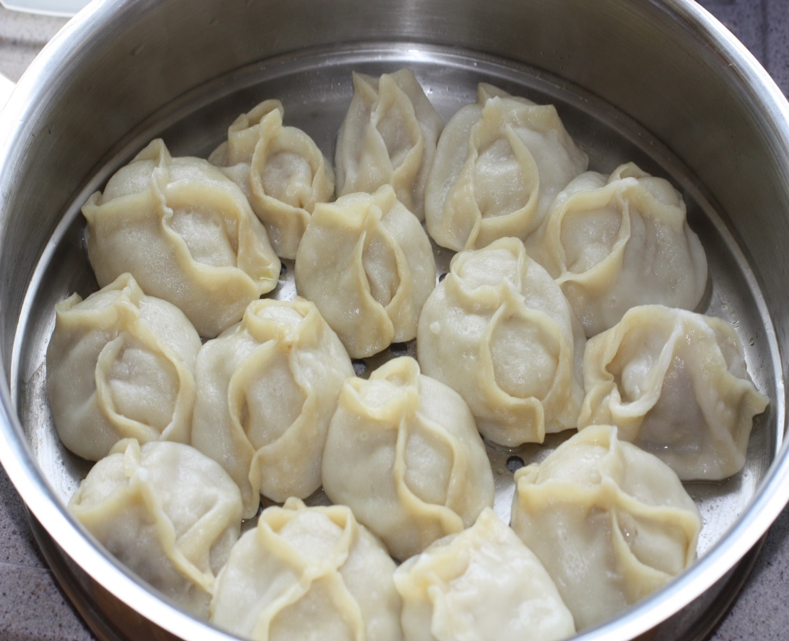
These dumplings are a traditional Russian Eid al-Fitr food, though they can be found all over the world. They are thought to originate in what we now know as China and are part of Afghan, Armenian, Turkish, Bosnian, and central Asian cuisine. They’re usually stuffed with spiced lamb or beef and their size and shape varies across regions.
9. Bolani
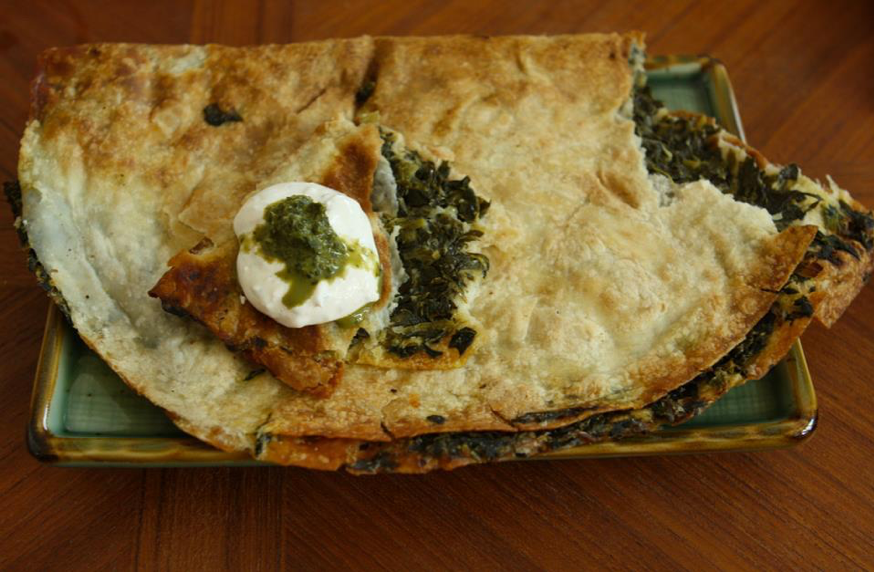
Bolani is one of those dishes enjoyed throughout Ramadan and still eaten on Eid al-Fitr and throughout other special occasions year-round. Found in Afghanistan, it is a thin-crusted bread with a vegetable filling, stuffed with foods like potatoes, lentils, or pumpkin and can be served with yogurt. It’s typically served as a side or appetizer, though it can be eaten as a main dish.
10. Lapis legit
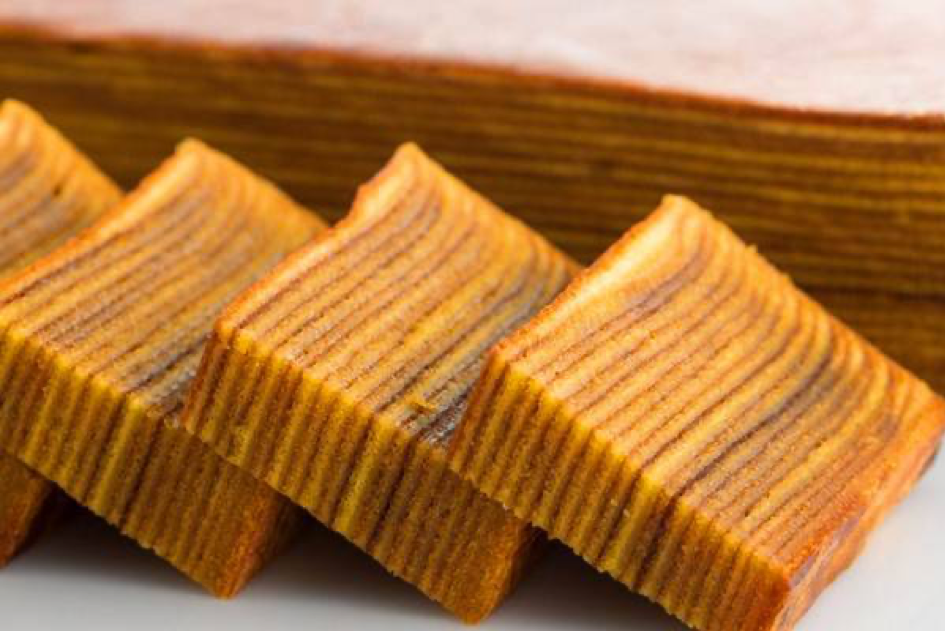
This is an Indonesian take on traditional Dutch layer cakes that was developed during colonial times. It’s made like a typical cake with flour, butter, and eggs, but contains Indonesian spices like cardamom and clove. It takes a lot of effort to prepare this cake, so it is seen as a delicacy to eat on special occasions.
11. Beef rendang
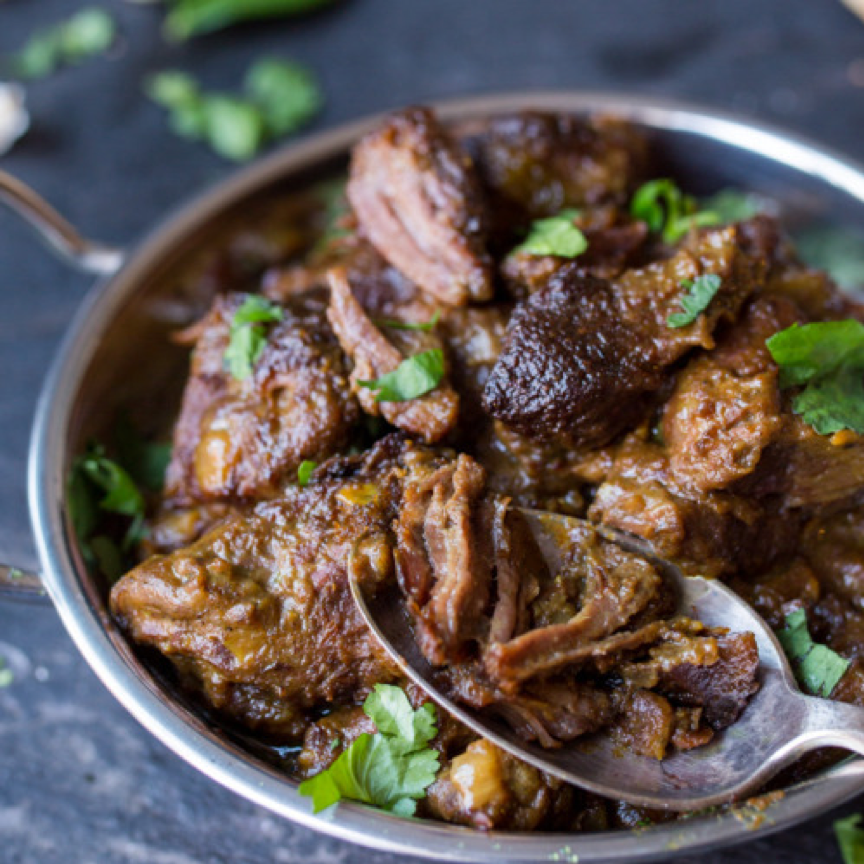 This spicy main course is an Eid classic in Malaysia. It originated with the Minangkabau ethnic group of Indonesia that saw the dish as an embodiment of their society’s culture with the meat symbolizing the leaders/royalty/elders, coconut milk the teachers and writers, chilli the religious leaders, and the spice mixture the rest of society.
This spicy main course is an Eid classic in Malaysia. It originated with the Minangkabau ethnic group of Indonesia that saw the dish as an embodiment of their society’s culture with the meat symbolizing the leaders/royalty/elders, coconut milk the teachers and writers, chilli the religious leaders, and the spice mixture the rest of society.
Eid al-Fitr cookies recipe
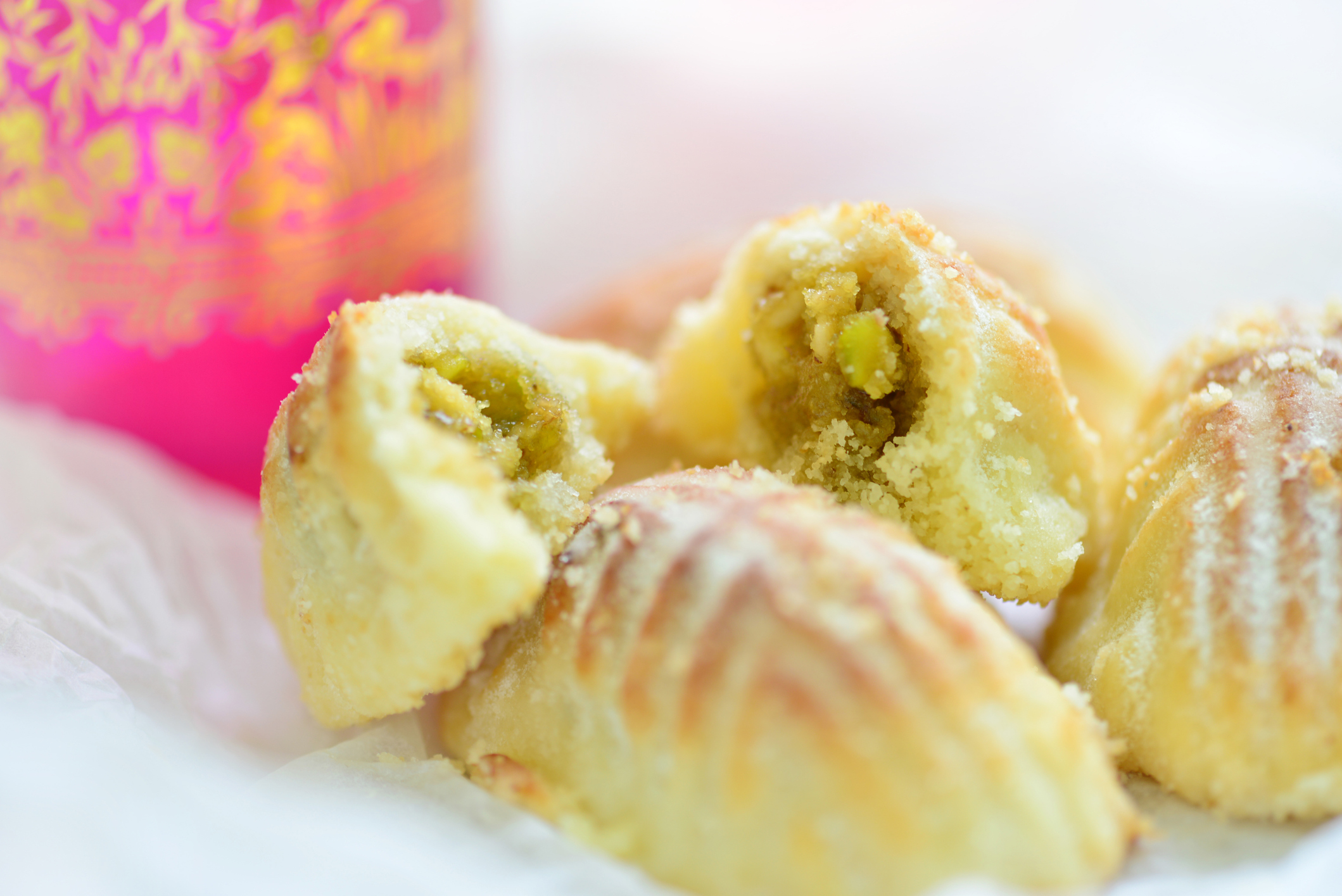
Eid cookies are sweet biscuits which are enjoyed in most Muslim households celebrating the end of Ramadan.
(Recipe from amiraspantry.com)
Ingredients
- 3 cups flour
- A dash of salt - approximately 1/8 teaspoon
- 1 tablespoon granulated sugar
- 1/2 teaspoon cinnamon
- 3 tablespoons toasted sesame seeds (optional but highly recommended)
- 1/2 teaspoon dry yeast
- 1 cup ghee, room temperature and not melted
- 1/3 cup warm water
For the pistachios and honey filling:
- 1 tablespoon ghee or butter
- 1 tablespoon flour
- 1 teaspoon sesame seeds
- 1/4 cup honey
- 1/2 cup pistachios coarsely ground
For garnishing:
- powdered sugar
Method
- In your mixing bowl, add flour, salt, sugar, yeast, cinnamon and sesame seeds.
- Add unmelted ghee - at room temperature - and mix until completely incorporated.
- Add water and continue mixing until you get a nice consistent dough.
- Cover and let it rest for an hour.
- Meanwhile, prepare the filling. In a small pot over medium heat add ghee or butter then add the flour and mix until the flour turns golden brown.
- Remove from heat, add sesame and honey, mixing well, then return the mixture to a low heat until it thickens.
- Remove from heat, add pistachios and mix well. Let it cool down for 10 minutes then form it into 20 small balls.
- After an hour has passed, divide the dough equally into 20 balls of 40g each approximately.
- Place dough balls in a plate and cover with plastic wrapping.
- Now start filling and shaping the kahk.
- Take one of the balls of dough, put one portion of the pistachio filling in the centre, and close the dough to form a ball around it.
- Press lightly into a Mamoul tool or make an engraving using a fork.
- Place the cookies on a parchment-lined cookie sheet, bake in a 350ºF oven for 20-25 minutes or until the bottom is golden brown.
- Let the cookies cool down on a wire rack. Store in an air tight container.
- When ready to enjoy, sprinkle top with powdered sugar.




Add a comment to: Celebrating Eid al-Fitr: History, Traditional Foods, and a Recipe